I came to the Pecha Kucha with a fair idea of my plan for the year. I did feel there was a chance the Tittymama Army might come to a halt as I seem to be hitting walls when it comes to the engagement and research. I am trying to connect with women of colour and disabled women to communicate their experiences correctly and potentially stir up some engagement and organise workshops for women to make their own figures. Unfortunately, so far, my emails have not been responded to.
There were a number of suggestions for my work such as adding fabric to the sculptures. I think this could be something to play with, especially since I would mostly wear football kits and would hide my bra under my pillow rather than put it in the washing basket. Also, I was questioned about why I worked to conceal the cracks in the clay. I had not really thought about this beyond wanting the sculpture to survive the kiln and how they would be a sign of my inexperience with the material. They could have, however, shown the cracks of the stereotype, the imperfect notion of the ideal, the fragility of the masculinity, and if I am honest, the cracks in my relationship with this person. Maybe next time I will consider leaving them valuable to the narrative.
It was also suggested that I maybe experimented with other media. Maybe paper mache, silicone, padded materials and also how this could be performative. I’m really struggling with how to see all of this, maybe once this sinks in some ideas will arise. I could possibly encounter a creative block as I’ll be too worried about the Tittymamas not living up to their potential. As they are now, I need to think about where they are going to go. I was asked who my audience was and if I’m honest, I have not thought too much about the audience apart from how to bring people in by making them initially see the figures as small, funny, and soft until they get up close. When creating them I have thought more about the women that they represent and giving these people space.
I was asked about how men would see my work as they are who I need to engage to encourage change as women already ‘get it’. I’m not sure that I do need to bring it back to how men see them. Is that the point of what I am saying? It is not always about what men think and see? Can it not just be for the women it is representing? Creating a community and taking up space? It was also mentioned that not all men are like this, and I obviously know this and my work is not meant to be taking aim at all men. I know from the men who have engaged with the work that they have not felt the need to be defensive. I feel there was a clash of opinions, as there will be with this kind of work. It was suggested that being a mother and a mother of boys will make you see things differently. I’m not willing to quieten my experience because I am not mother. It was also mentioned that my peer used to feel as I do but now she is 30 years older and you change as you grow as a woman and you feel differently. I can’t help but feel that these issues might still concern me in 30 years time.
Another suggestion was to perhaps include other experiences to help connect with men, for example, a sculpture of a boy crying. I won’t be doing this for this project as this then opens up my research again and going down the route of personal experience was a way of narrowing it all down. In the future, definitely, I’ve thought about this and also about making pieces to highlight homelessness and animal cruelty.
The last Pecha Kucha helped a lot! I’ve even called meetings with my peers to hold them as a way of trying to see if there is something in my work I am missing, but this time, I feel completely stumped. I’m not sure if this will be the end of the Tittymamas as I know it, which is quite a turnaround as I felt so positive about trying to engage with people; I believed this idea had legs. I know that I am definitely enjoying working with clay and I do want to pursue this route. The Tittymamas could be used to create an animation or maybe even make a giant suit to go walking round the shops, I’m not sure. I could definitely make the models for the animation but I would not have a clue where to start with the technical aspect of putting it all together. I could see it working as a sort of Jan Svankmajer Dialogue animation where I am tearing away at my changing body. I’m not sure… having ideas as I’m typing.
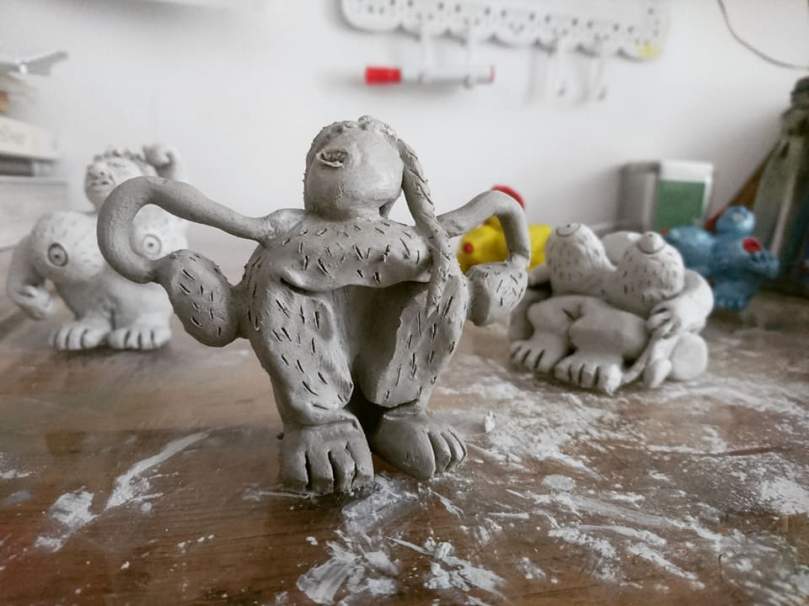


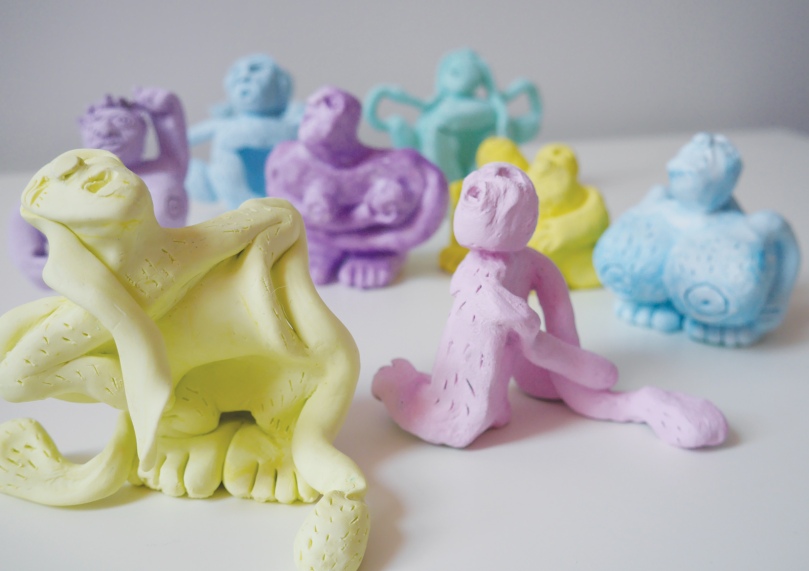
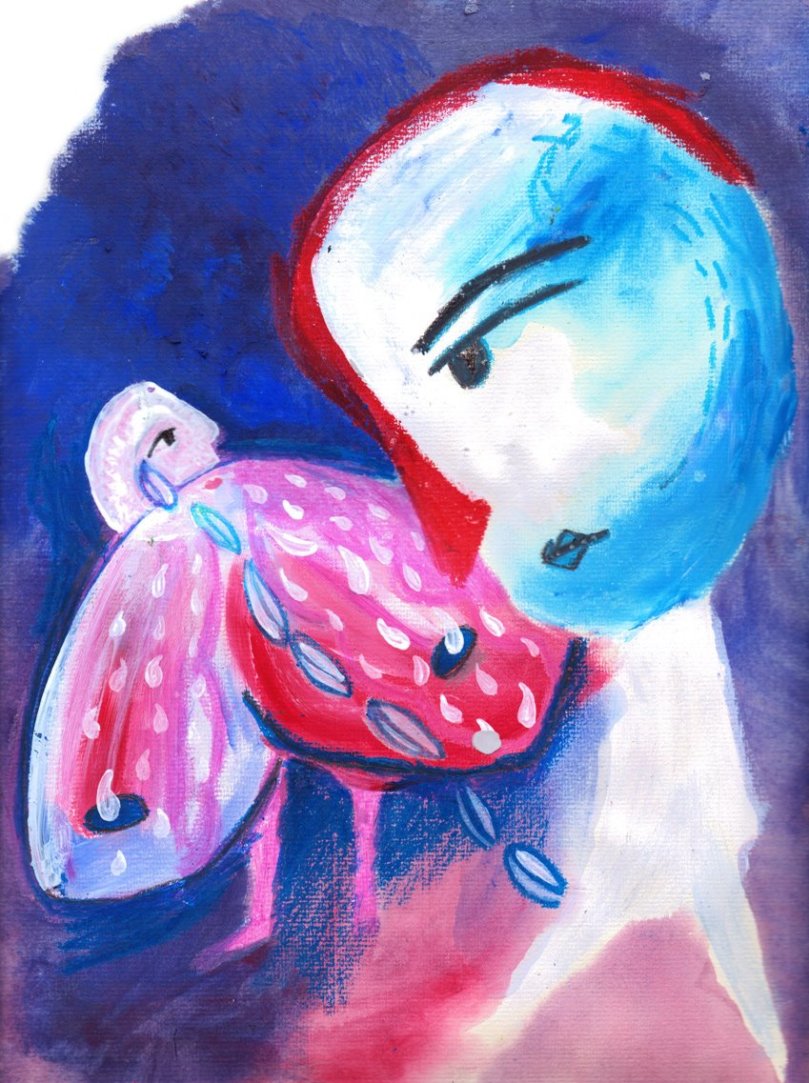
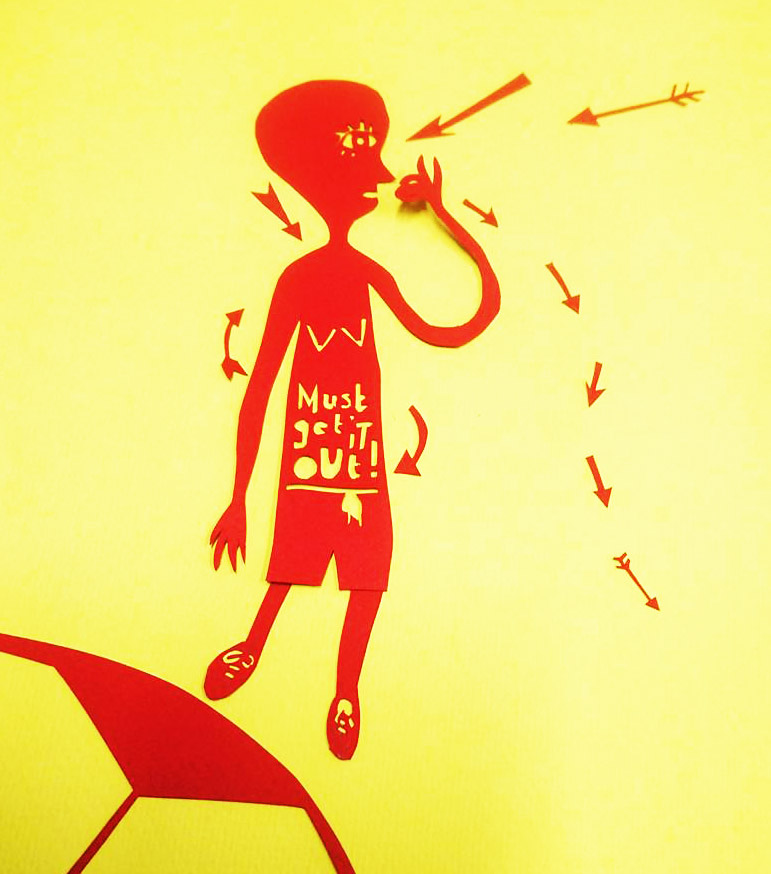



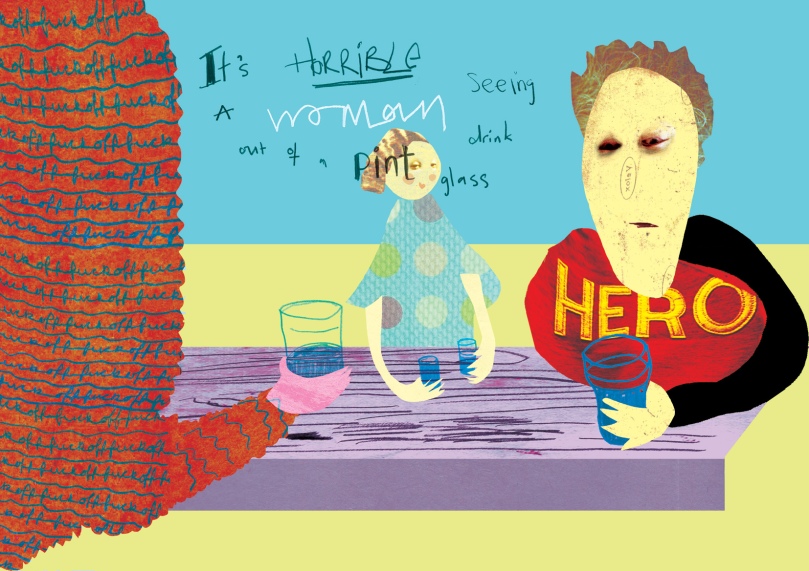
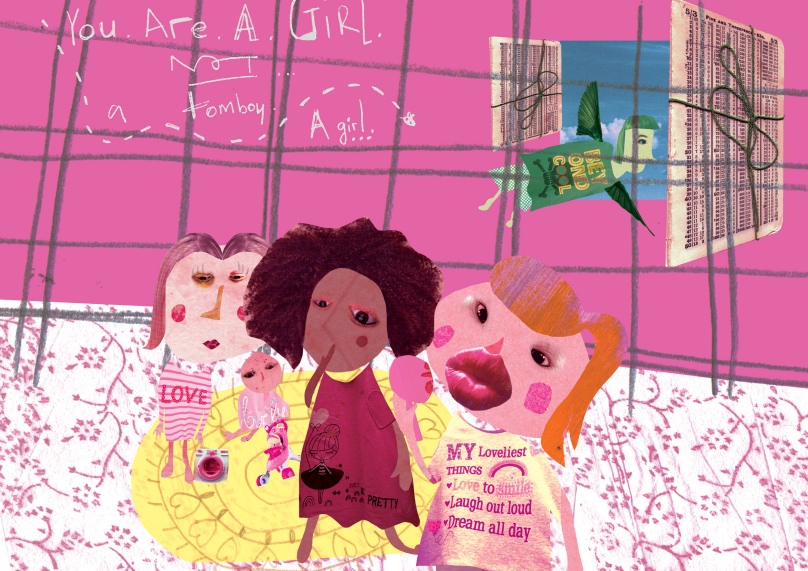

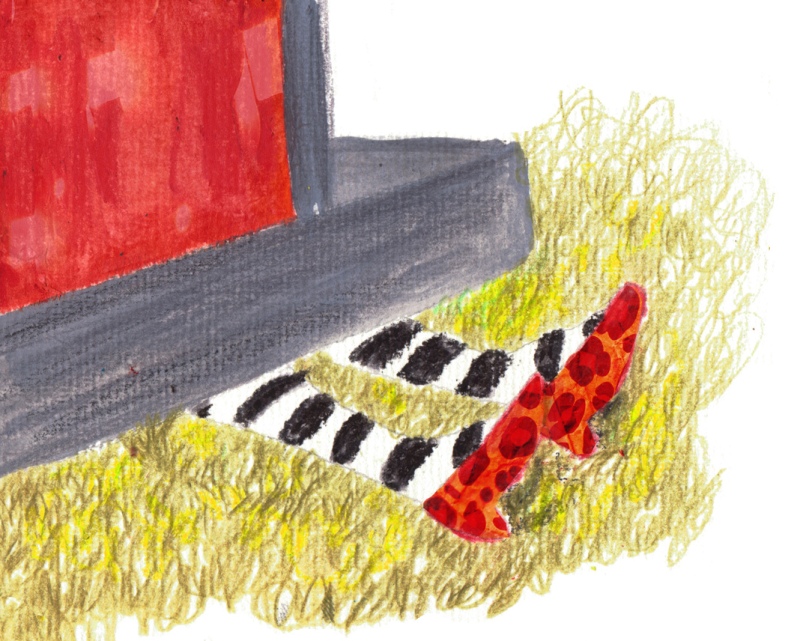
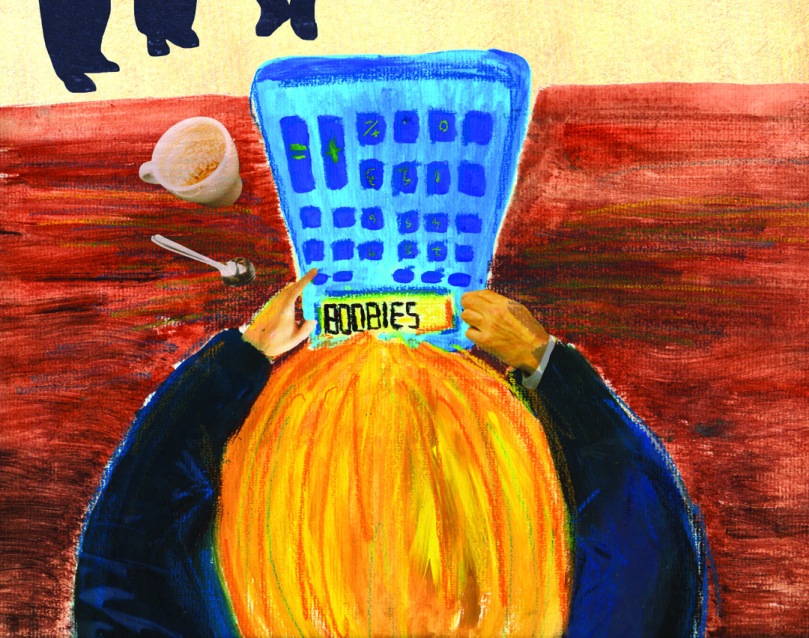
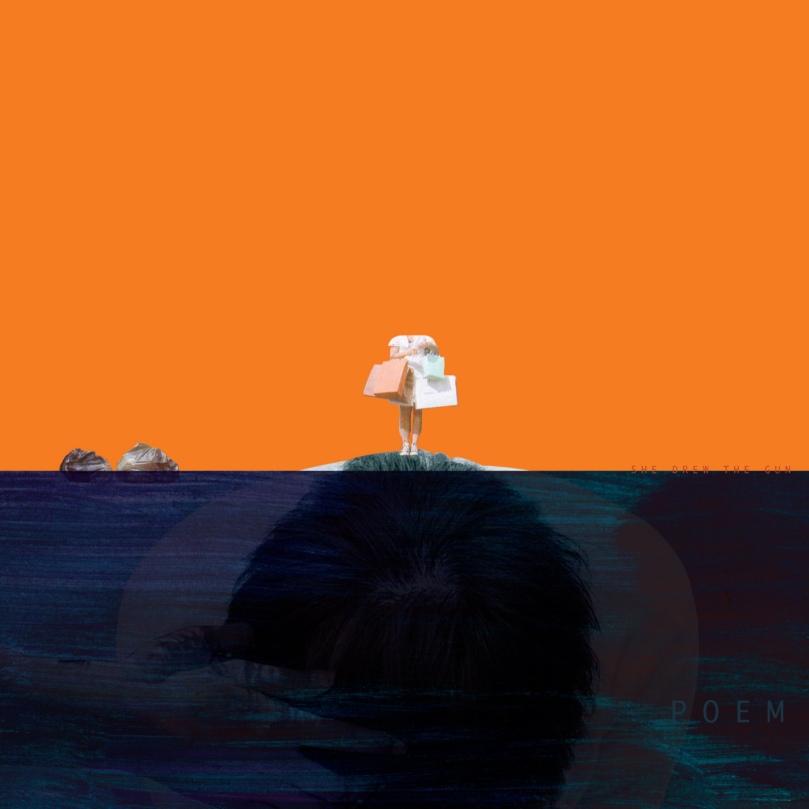
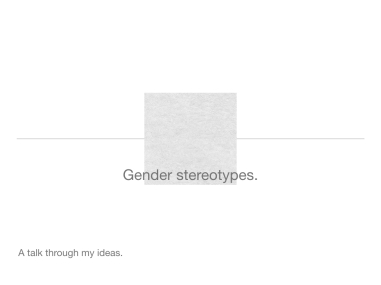
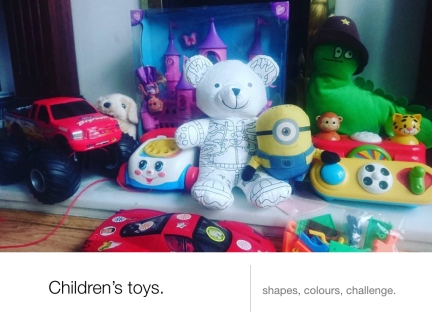
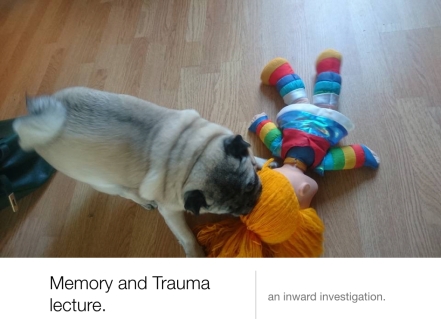
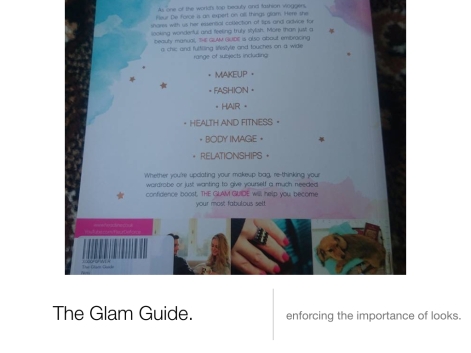
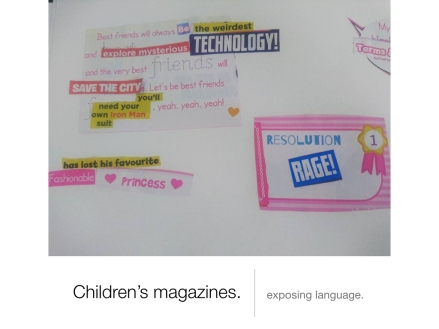
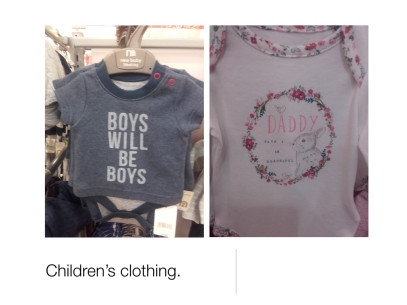
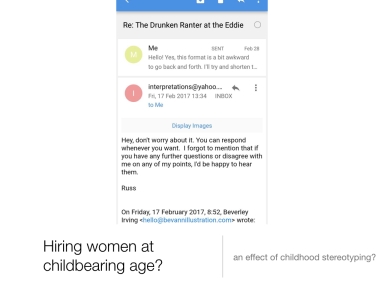
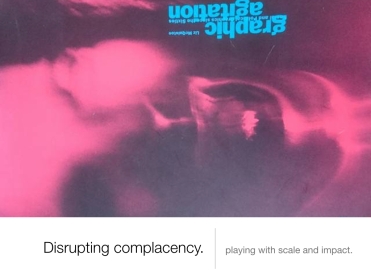
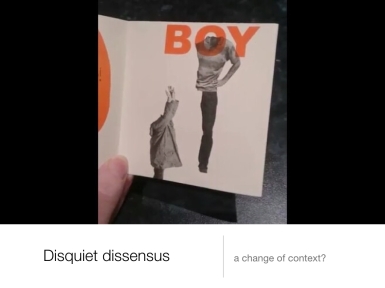
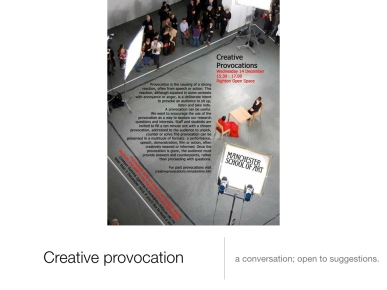

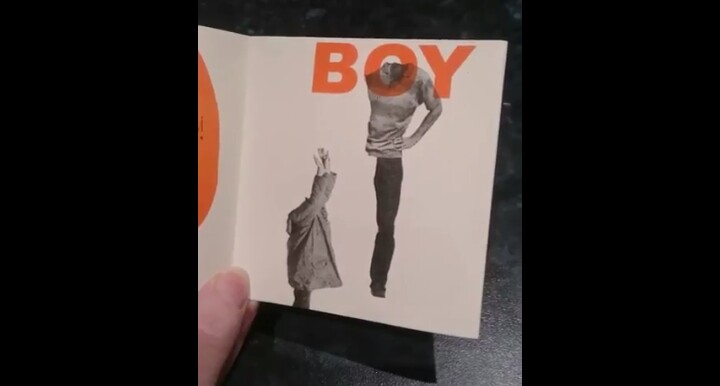
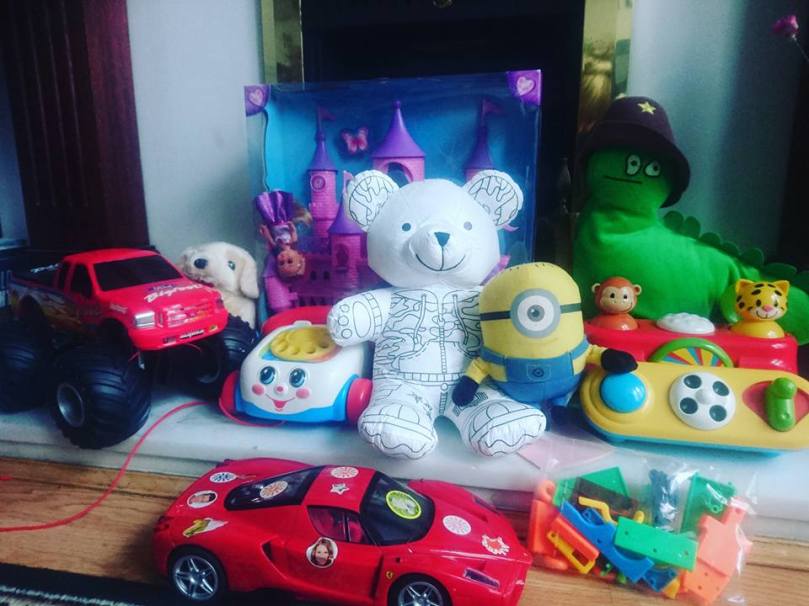 Last week I attended a workshop outside of the university called Soul Scripting. It was described as a workshop to learn techniques for written meditation. I felt this may help me sort through my thoughts on my research and help me gain focus. I am hoping that after reading, watching and engaging so much, using these techniques to get everything out may generate ideas and lessen my anxiety over the issue and also about the work itself. If I go back and reread what I have wrote I might find ideas to pursue.
Last week I attended a workshop outside of the university called Soul Scripting. It was described as a workshop to learn techniques for written meditation. I felt this may help me sort through my thoughts on my research and help me gain focus. I am hoping that after reading, watching and engaging so much, using these techniques to get everything out may generate ideas and lessen my anxiety over the issue and also about the work itself. If I go back and reread what I have wrote I might find ideas to pursue.